Optimal Timing for Roof Damage Repairs
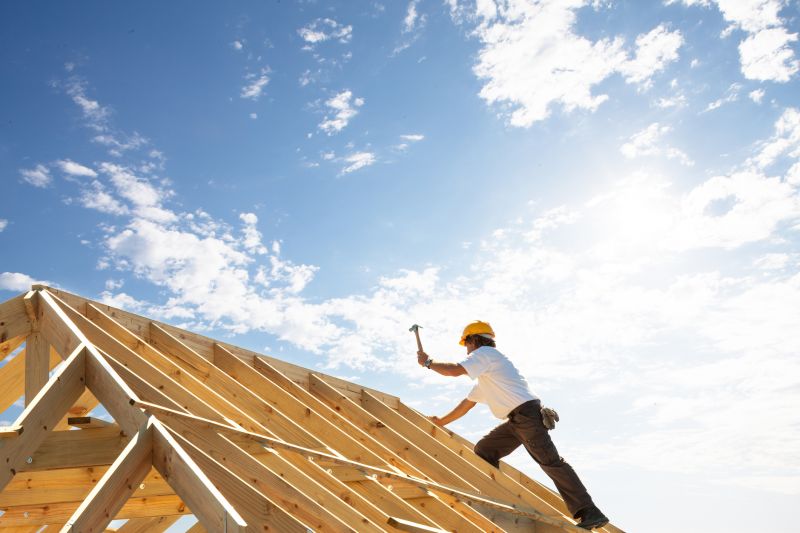
Warm, dry weather in summer allows for effective roof repairs and restorations without weather-related delays.
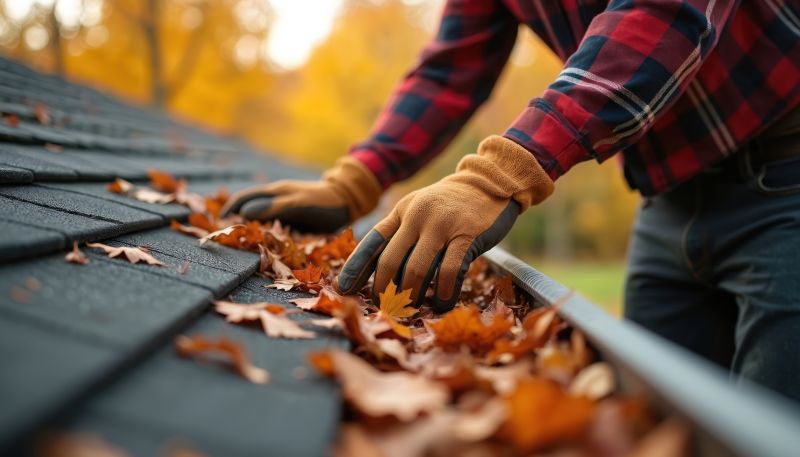
Autumn offers mild temperatures and less precipitation, making it suitable for comprehensive roof restoration projects.
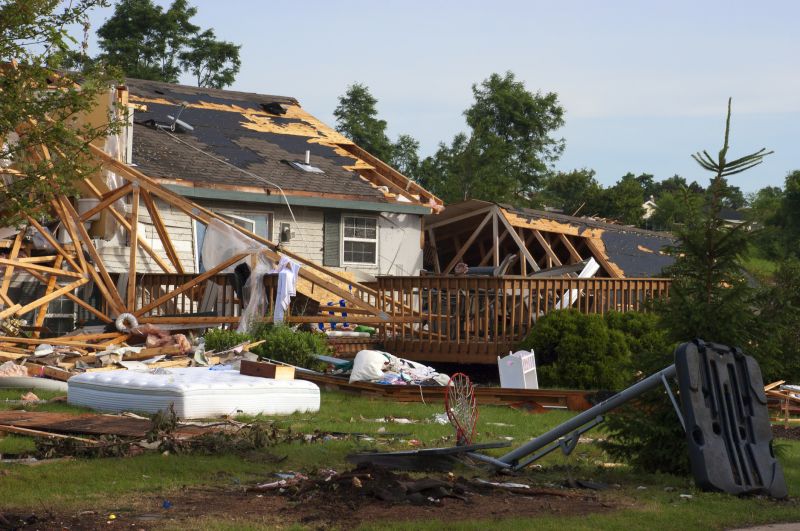
Spring provides moderate weather, ideal for addressing roof damage before summer storms and winter freeze-thaw cycles.
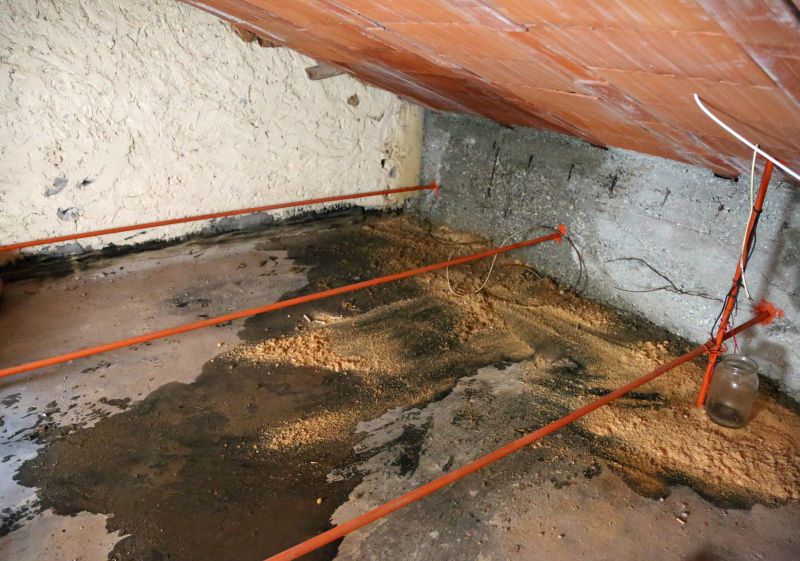
Ways to make Roof Damage Restorations work in tight or awkward layouts.
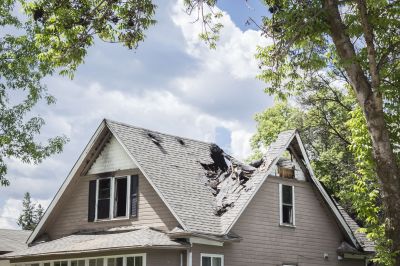
Popular materials for Roof Damage Restorations and why they hold up over time.
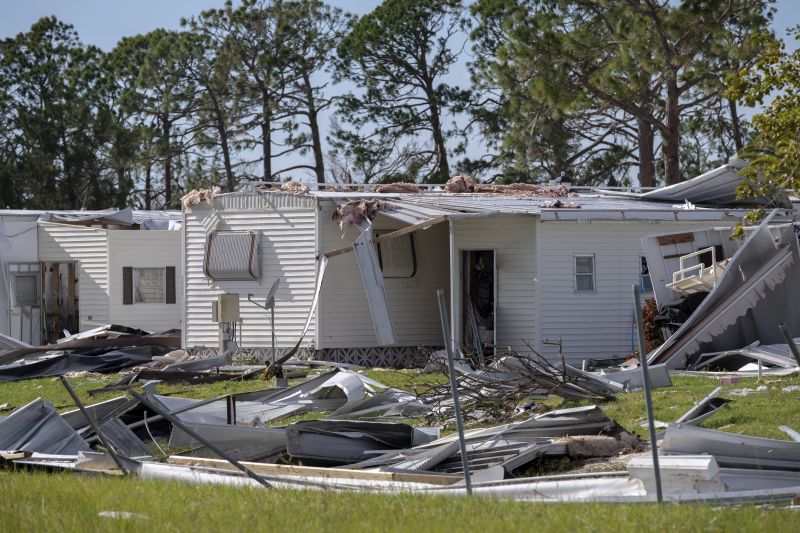
Simple add-ons that improve Roof Damage Restorations without blowing the budget.
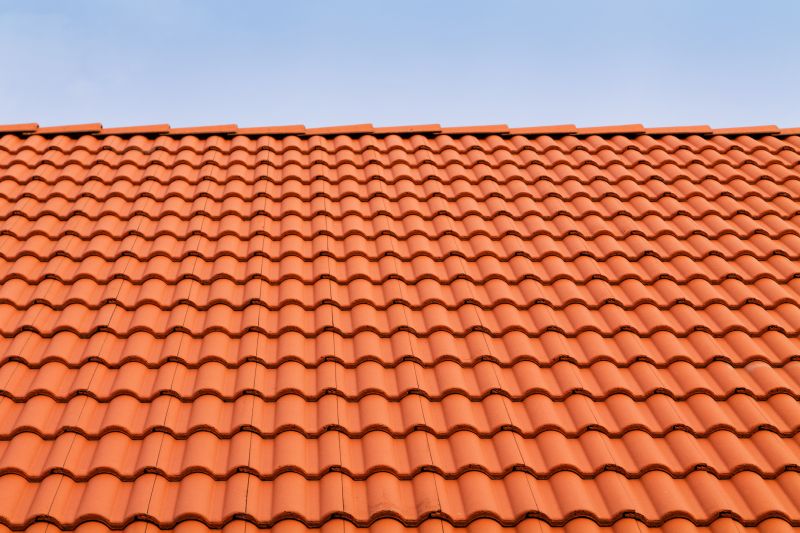
High-end options that actually feel worth it for Roof Damage Restorations.
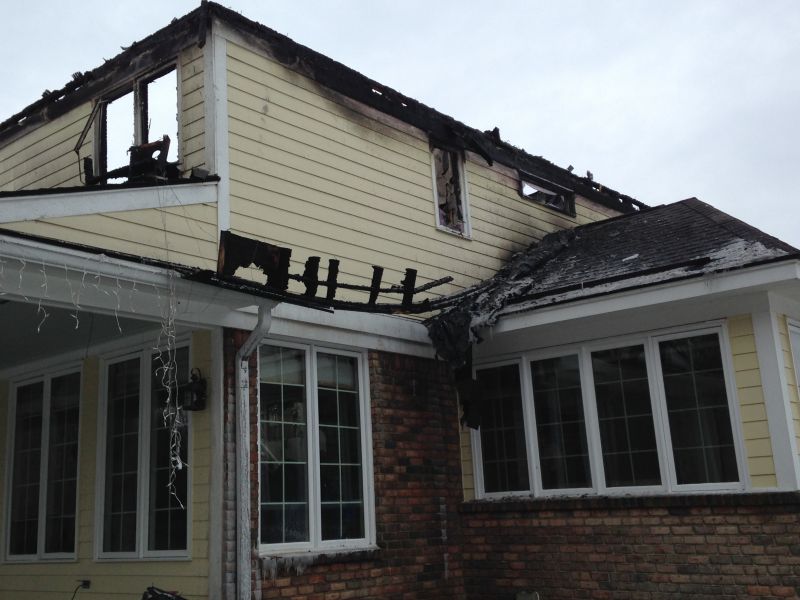
Finishes and colors that play nicely with Roof Damage Restorations.
Roof damage restorations are essential for maintaining structural integrity and preventing further deterioration. Timely repairs can extend the lifespan of a roof, reduce energy costs, and prevent costly replacements. The optimal timing for such restorations depends on climate conditions, weather patterns, and the severity of existing damage. Typically, periods with mild and predictable weather are preferred to ensure safety and quality of work.
Extreme weather conditions like heavy snow, rain, or high winds can hinder roof restoration efforts and compromise safety.
Temperatures that are too cold or too hot can affect roofing materials' adhesion and performance during repairs.
Scheduling restorations during periods of stable weather minimizes disruptions and ensures thorough work completion.
Regularly checking weather forecasts helps plan restorations during optimal windows, avoiding delays caused by unexpected storms.
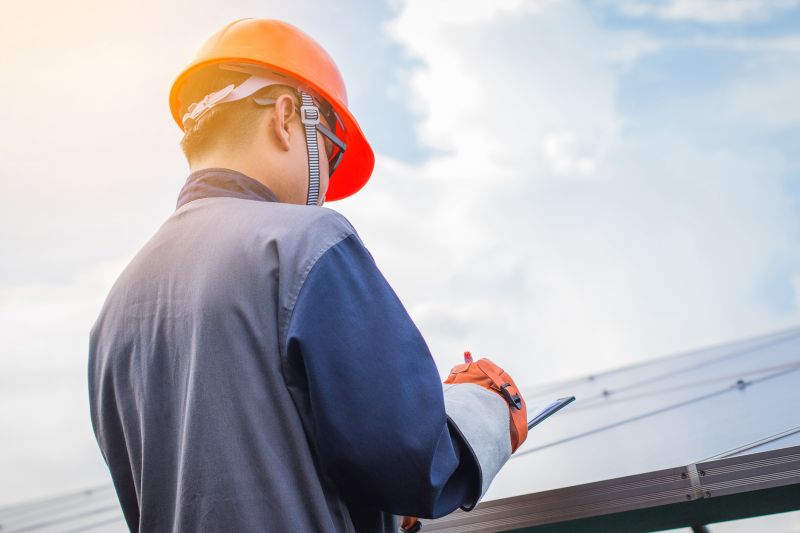
Regular inspections help identify damage early and determine the best time for repairs.

Proper planning during favorable weather ensures efficient and effective restoration work.

Immediate action after storms prevents further damage and extends roof lifespan.
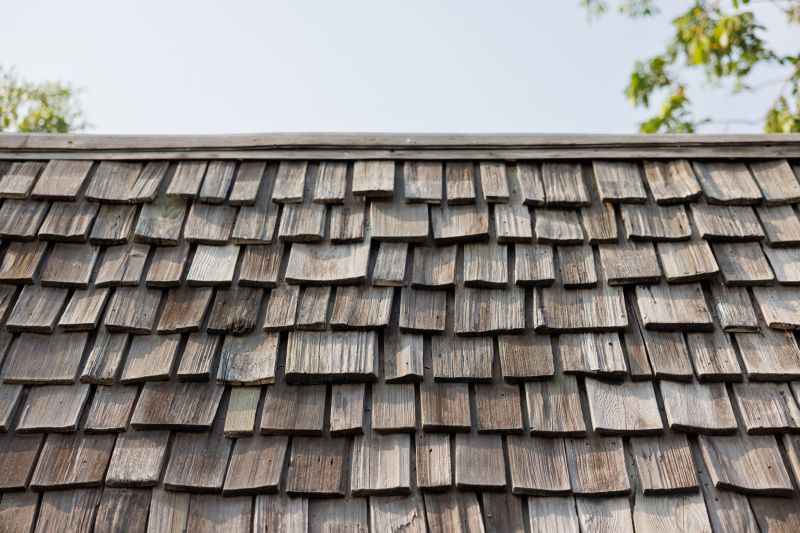
Routine maintenance during suitable weather conditions maintains roof integrity year-round.
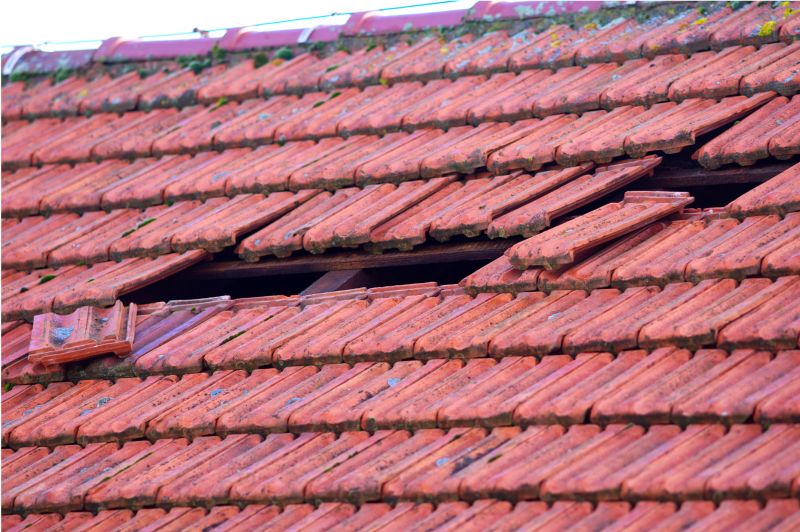
Aligning restoration projects with weather patterns reduces delays and improves outcomes.
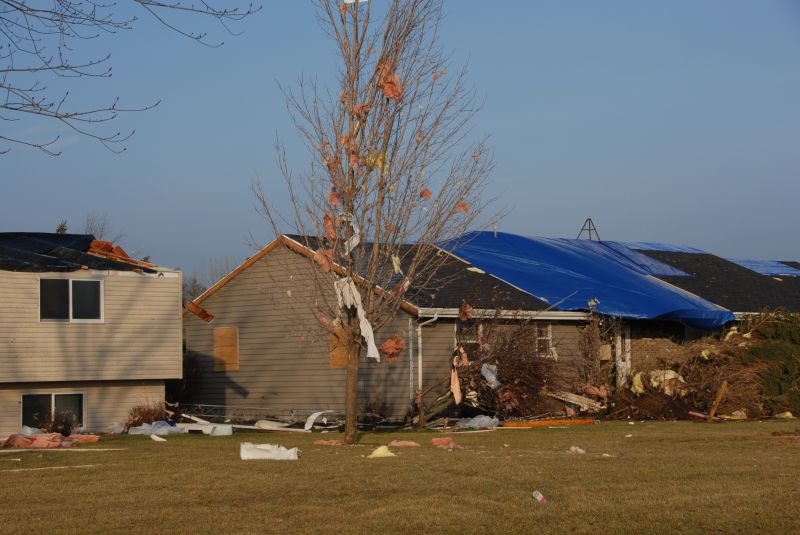
Understanding local climate helps determine the ideal timing for roof repairs.
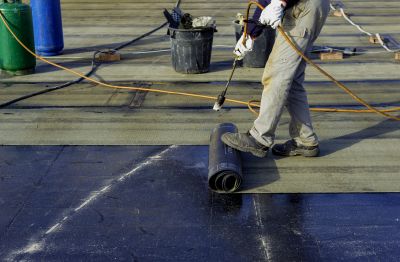
Roofing materials perform best within specific temperature ranges, influencing scheduling.
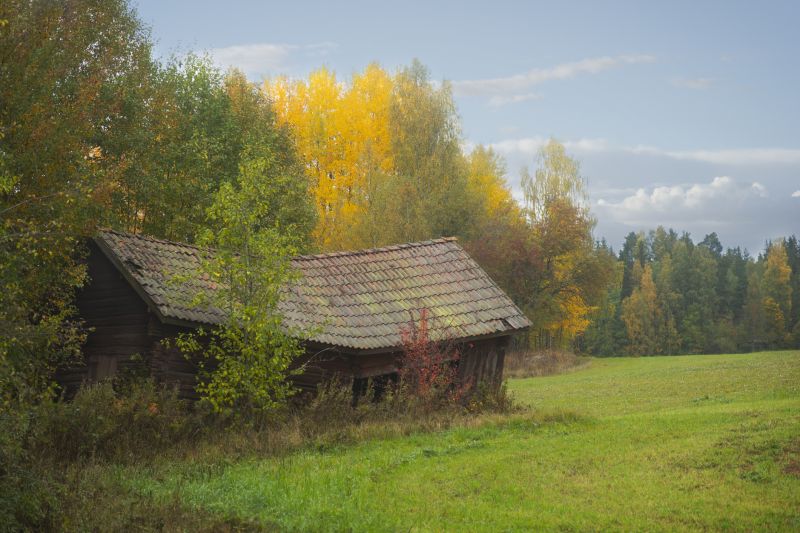
Scheduling restorations proactively during optimal seasons ensures longevity and durability.
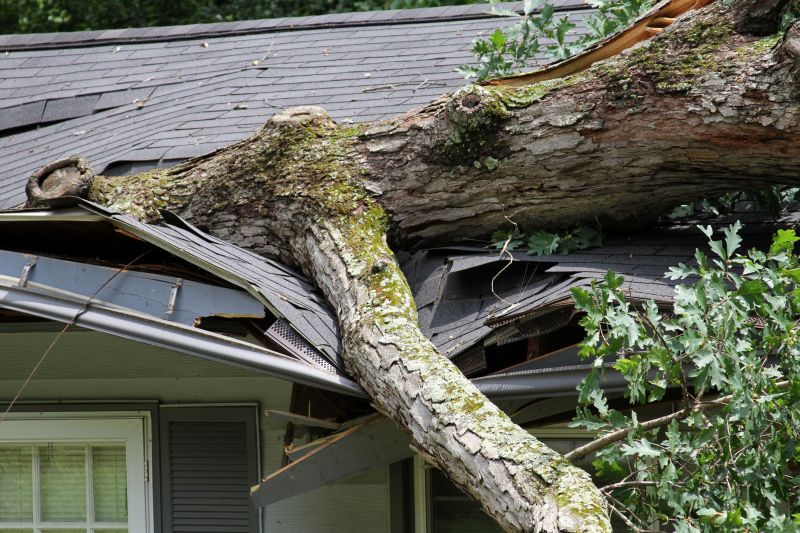
Address urgent damage regardless of season to prevent further structural issues.
| Season | Optimal Conditions |
|---|---|
| Summer | Warm, dry, and long daylight hours facilitate repairs. |
| Fall | Mild temperatures and low precipitation are ideal. |
| Spring | Moderate weather with less storm activity. |
| Winter | Generally not recommended due to cold and snow, except in mild climates. |
| Post-Storm | Immediate inspections and repairs after severe weather events. |
Choosing the right time for roof damage restorations is crucial to ensure quality workmanship and durability. Weather conditions significantly influence the success of repairs, with mild and dry periods being most suitable. Proper planning and monitoring of weather patterns can help schedule restorations during windows that minimize risks and disruptions. Regular inspections and proactive maintenance during favorable seasons can prevent major issues and extend the lifespan of roofing systems.
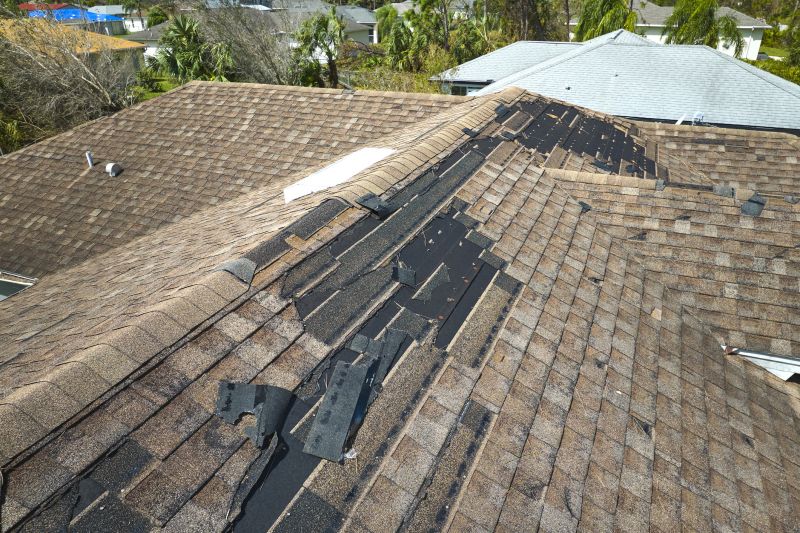
Identifying damage early allows for timely restorations during optimal weather periods.

Spring is ideal for addressing damage before summer storms.
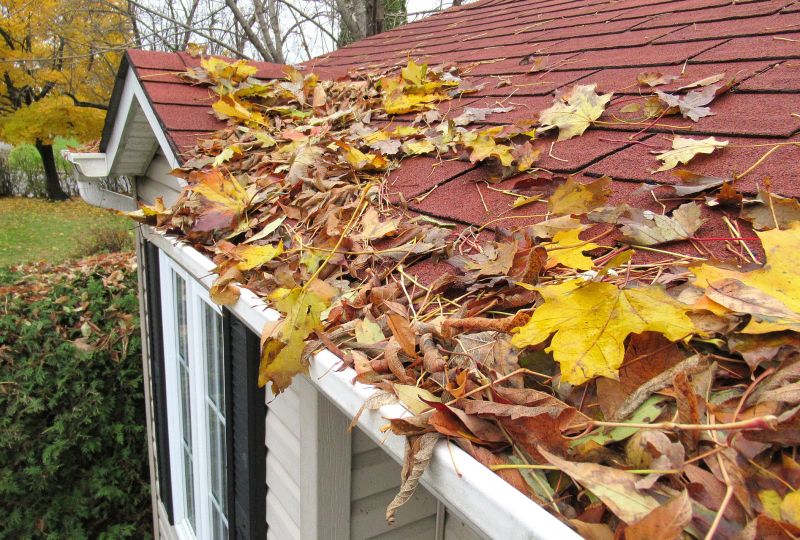
Autumn provides suitable conditions for comprehensive roof restoration projects.
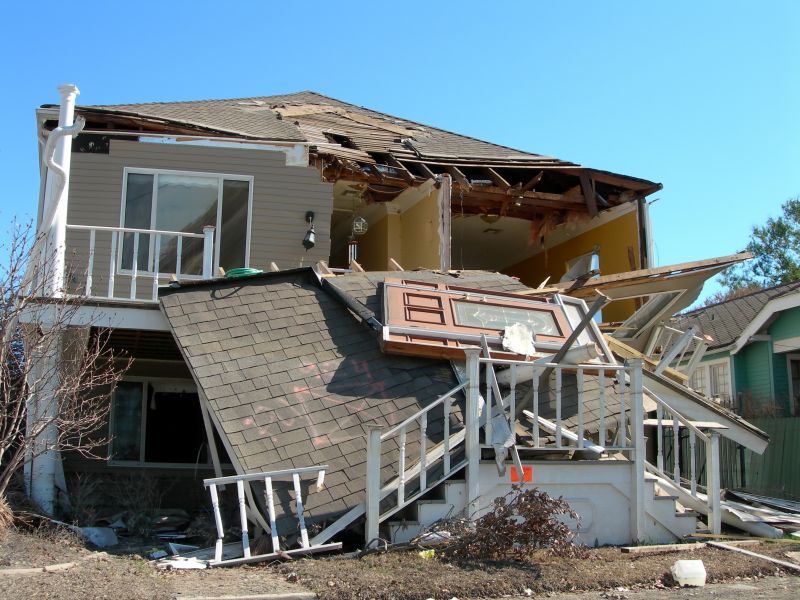
Prompt repairs after storms prevent further deterioration and costly repairs.
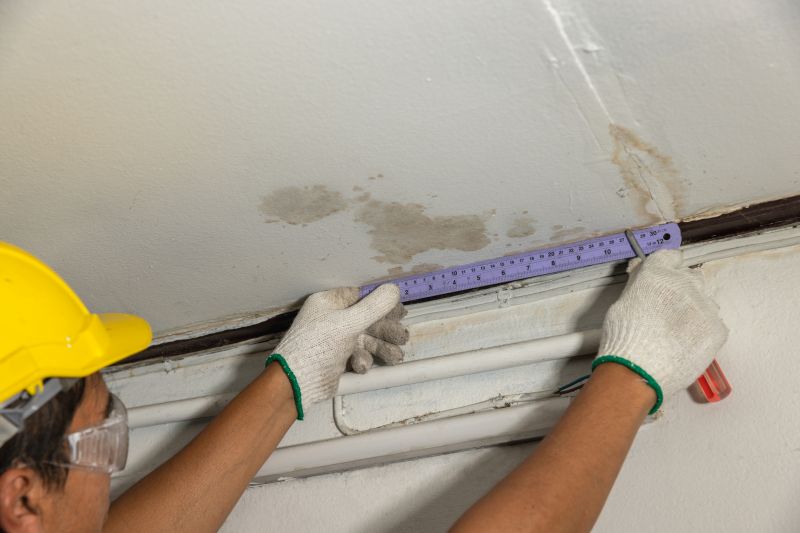
Little measurements that prevent headaches on Roof Damage Restorations day.

A 60-second routine that keeps Roof Damage Restorations looking new.
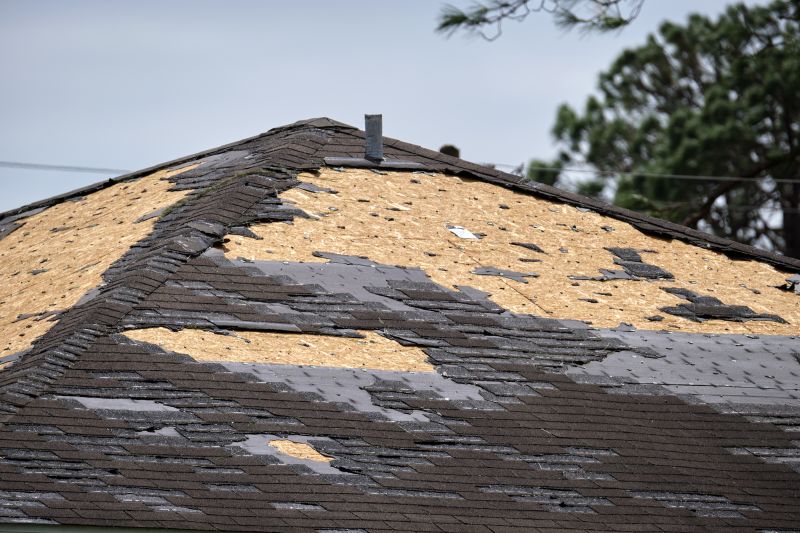
A frequent mistake in Roof Damage Restorations and how to dodge it.
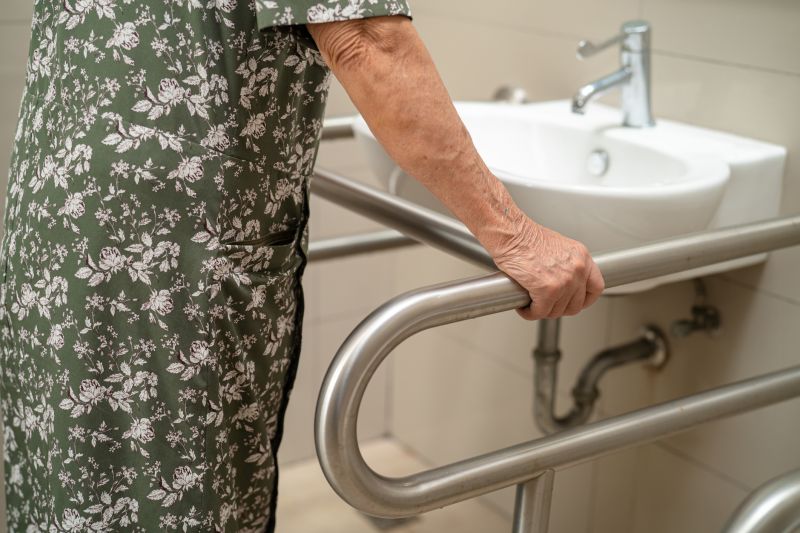
Small tweaks to make Roof Damage Restorations safer and easier to use.
Interested parties are encouraged to contact for more information or to schedule an inspection. Proper timing and planning are essential components of effective roof damage restorations, helping to maintain the safety and longevity of roofing systems.
